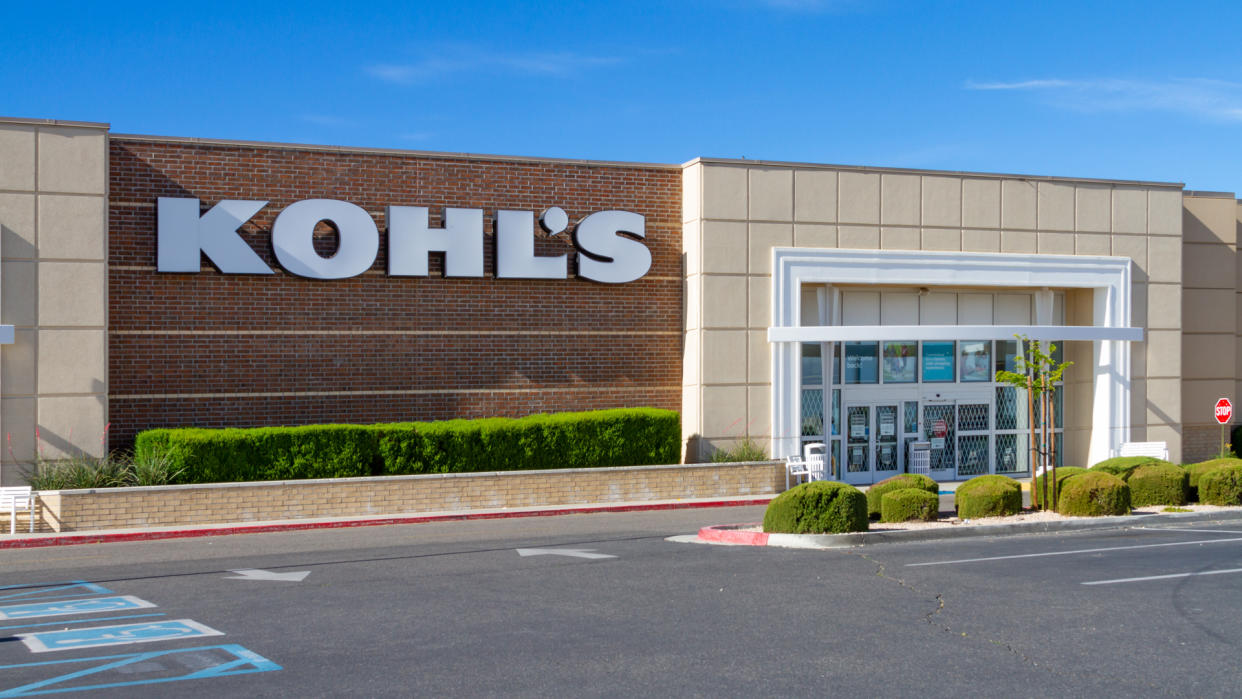In a move that has sent shockwaves through the retail industry, Kohl's has announced the closure of 27 stores across the United States in 2025. This decision comes as part of a broader strategy to streamline operations, reduce costs, and focus on more profitable locations. The news has sparked a mix of reactions, from concerns about job losses to speculation about the future of brick-and-mortar stores in an increasingly digital shopping landscape.
The Reasons Behind Kohl's Store Closures
Kohl's, like many other retail chains, has been navigating the challenges of a rapidly evolving retail environment. The rise of e-commerce, shifting consumer preferences, and increased competition have all played a role in the company's decision to close underperforming stores. Here are some key factors that contributed to this move:
- Declining Foot Traffic: Many of the stores slated for closure have seen a significant drop in foot traffic over the past few years. With more consumers turning to online shopping, physical stores that fail to attract enough customers become a financial burden.
- Increased Operating Costs: Maintaining a large network of physical stores comes with high costs, including rent, utilities, and staff salaries. By closing unprofitable locations, Kohl's aims to reduce its operational expenses and allocate resources more effectively.
- Shift to Online Shopping: The COVID-19 pandemic accelerated the shift to online shopping, and many retailers have struggled to adapt. Kohl's is no exception. By focusing on its e-commerce platform and improving the online shopping experience, the company hopes to better meet the needs of its customers.
- Strategic Restructuring: The closure of these stores is part of a larger restructuring effort by Kohl's to improve its financial health. By eliminating underperforming locations, the company can concentrate on strengthening its core business and exploring new growth opportunities.
The Impact on Employees and Local Communities
While the closure of these stores is a strategic business decision, it also has significant implications for the employees who work at these locations and the communities they serve. Here are some of the potential impacts:
- Job Losses: The most immediate effect of the store closures will be the loss of jobs. While Kohl's has stated that it will offer support to affected employees, including potential transfers to other locations, many workers will still face uncertainty about their future employment.
- Community Economic Impact: Retail stores are often a vital part of local economies, contributing to tax revenue and supporting other businesses. The closure of these stores could have a ripple effect, leading to a decline in local economic activity and potentially even the closure of other nearby businesses.
- Loss of Convenient Shopping Options: For many customers, the closure of their local Kohl's store will mean having to travel further to shop at another location or relying on online shopping. This could be particularly inconvenient for those who rely on the store for everyday items or prefer the in-person shopping experience.
The Future of Brick-and-Mortar Retail
The closure of Kohl's stores is just one example of a broader trend in the retail industry. As more consumers turn to online shopping, many retailers are being forced to reevaluate their business models and consider whether maintaining a large network of physical stores is still viable. Here are some key insights into the future of brick-and-mortar retail:
- Focus on Experience: To remain relevant, physical stores will need to offer more than just a place to buy products. They will need to create an engaging and memorable shopping experience that draws customers in and keeps them coming back. This could include in-store events, personalized services, and unique product offerings.
- Integration with E-Commerce: The future of retail is likely to be a blend of online and in-store shopping. Many retailers are already exploring ways to integrate their physical and digital channels, such as offering online ordering with in-store pickup or creating virtual shopping experiences that mirror the in-store experience.
- Smaller, More Targeted Stores: Rather than maintaining large, sprawling stores, many retailers are moving towards smaller, more targeted locations that cater to specific customer needs. This approach allows for a more personalized shopping experience and can help reduce operational costs.
- Adaptation to Changing Consumer Preferences: Retailers will need to stay attuned to changing consumer preferences and be willing to adapt their strategies accordingly. This could involve embracing new technologies, offering more sustainable products, or focusing on niche markets that are underserved by larger retailers.
Opportunities for Growth in the Digital Age
While the closure of physical stores presents challenges, it also creates opportunities for growth and innovation in the digital space. Here are some ways that Kohl's and other retailers can capitalize on the shift to online shopping:
- Enhanced E-Commerce Platforms: By investing in improved website design, user-friendly navigation, and personalized shopping features, retailers can create a seamless and enjoyable online shopping experience that keeps customers coming back.
- Expansion of Digital Services: Retailers can explore new digital services, such as virtual styling, personalized recommendations, and augmented reality shopping experiences. These offerings can help attract tech-savvy customers and set the retailer apart from competitors.
- Data-Driven Marketing: The shift to online shopping provides retailers with access to a wealth of customer data. By leveraging this data, retailers can create more targeted and effective marketing campaigns, improve customer engagement, and drive sales.
- Sustainability and Social Responsibility: Consumers are increasingly prioritizing sustainability and social responsibility when making purchasing decisions. Retailers that embrace these values and incorporate them into their business practices can build brand loyalty and attract a growing segment of conscious consumers.
Conclusion: Navigating the Changing Retail Landscape
The closure of 27 Kohl's stores in 2025 is a clear sign of the significant changes taking place in the retail industry. As consumers continue to shift their shopping habits towards online platforms, retailers must adapt their strategies to remain competitive. While this transition presents challenges, it also offers opportunities for innovation, growth, and improved customer experiences.
For Kohl's, the focus will be on streamlining operations, enhancing its e-commerce platform, and creating a more engaging and personalized shopping experience for its customers. By taking a proactive approach to these changes, Kohl's can position itself for long-term success in an ever-evolving retail landscape.
As the retail industry continues to transform, it will be important for companies to stay attuned to the needs and preferences of their customers, embrace new technologies, and be willing to adapt their business models to remain relevant. Only time will tell how these changes will unfold, but one thing is certain: the future of retail will be shaped by innovation, creativity, and a deep understanding of the consumer.











